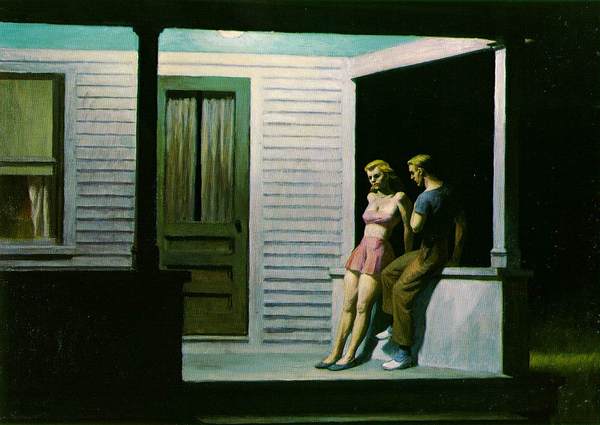
It is a little-known fact that I am a closet astronomer, largely stemming from a seventh grade junior high astronomy class.
This avocation was further enhanced by living in Alabama during the glory days of Wernher von Braun and the Apollo Moon Program in Huntsville. I even considered aerospace engineering as a profession until my high school guidance counselor suggested architecture.
Given this backstory, it should come as no surprise that a favorite book of mine is Guy Murchie’s “Music of the Spheres,” which details the elegant and predictable dance across our night skies of the planets, an occasional comet and the constellations.
The recent ballet of Jupiter and Venus over the past month in our western skies—sometimes engaging the moon, sometimes not—has been a show stop-
per. This every-30-year tango reached its zenith when the two planets appeared to almost touch, then slowly began to move past each other.
One might ask, “What does this have to do with architecture?”
The real question is, “What does architecture have to do with our viewing of this and other celestial spectacles?”
The darkness of our East End skies is a critical component to the enjoyment of our nighttime view. And given that we are 110 miles out into the ocean, the lack of light pollution is the most important contributing factor. Restraint in both public and private development is key to maintaining this resource, which is largely not found even 20 miles west of the Shinnecock Canal, where Venus and Jupiter were certainly visible but the crispness of the orbs and the depth of the surrounding firmament were missing.
Locally, efforts such as the Dark Skies Initiative, the Dark Sky Society and municipal curbs on exterior lighting specifications, particularly on commercial development, are key to maintaining the status quo.
Private homes, however, contribute a substantial amount of light pollution, especially when illuminating pathways like fashion runways and the up-lighting of trees and hedgerows add immeasurably to light spillage. For example, weekly columnist Marilee Foster writes often in this paper about some new Sagaponack manse lit up like the Fourth of July in the middle of the week with no one in residence.
Given the oft ocean-borne mist and the fog-laden atmosphere of farms close to the ocean, any light source refracts thousands of times in the dense atmosphere, creating an unnecessary ghostly glow in the darkness.
While safety and security should be a concern of any homeowner, the lighting of one’s property should take a less-is-more approach”. I am reminded of a wonderful 1947 Edward Hopper painting “Summer Evening,” where a young couple in deep conversation is illuminated by a single porch light, the only light source in the painting.
Highlighting a specimen tree or garden feature instead of the entire perimeter creates a void or dark backdrop, thereby focusing one’s attention on key landscape elements. This approach follows established rules of theatrical lighting, which will also add depth to one’s property. The results are much more striking and dramatic, and sympathetic to both neighbors and the sky above.
There are also problems created in our many villages, where businesses regrettably use different light sources and lamp types of varying color or temperature on the same building or facade (see the Suffolk County National Bank on Sag Harbor’s Main Street for instance), which can be glaring and abrupt.
A more homogeneous approach with proper shielding to avoid light spillage would be preferable for both the pedestrian and driver, where improperly aimed lighting can be distracting and dangerous. Similarly, one hopes that the developers of The Bull’s Head Inn in Bridgehampton will rethink illuminating the exterior of that corner location as if it were the White House, as is currently the case.
And am I the only person who thinks the water tank in Hampton Bays is a rising full moon until, of course, I realize that it’s not? Talk about light pollution.
All said, our night skies are a precious resource. In a few decades when Venus and Jupiter will again be visible in their dramatic dance, the decisions we will have made will play a key role in ensuring that this future celestial scene will be as equally dramatic then as they have been now.
Next time” “A Tale of Two Buildings.”